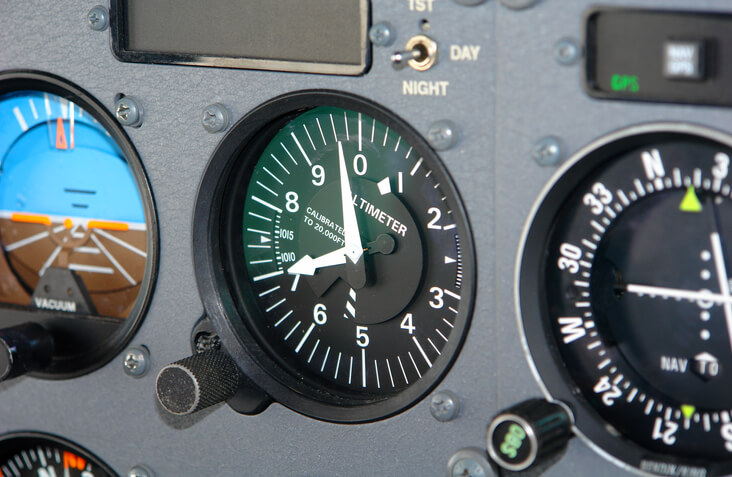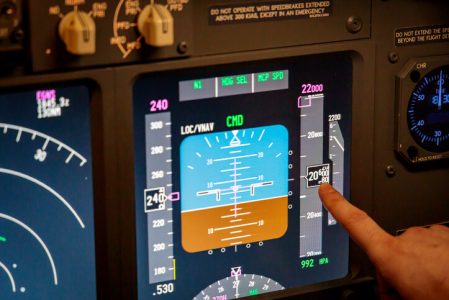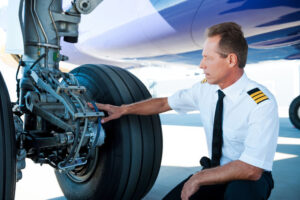Following pilot training lessons may have avoided a close call during flight
“Train like you fly and fly like you train.” By mimicking real-life scenarios in pilot training, pilots are better prepared to handle any situation they may encounter in the air. However, recently, a Cessna Citation crew failed to follow this principle, leading to a potentially catastrophic mid-air collision.
During the climb-out, the Citation crew noticed a discrepancy in altitude readings between the left and right altimeters. In proper training, they would have immediately reported this issue and halted the flight. Unfortunately, they chose to keep the information to themselves. As a result, the Embraer 170 flying nearby was not alerted to the danger since the Citation’s faulty altitude data did not trigger any warnings.
The air traffic controllers, believing there was sufficient separation between the two aircraft, only issued a routine traffic call. In reality, the planes were much closer than reported, with only a 1.5-mile distance and a 665-foot altitude difference. The pilots onboard the Embraer were unaware of the imminent danger due to the inaccurate data from the Citation, a fact the Citation crew knew.
Eventually, the Citation crew informed ATC of the altitude discrepancy, but it was too late to prevent the close call. Investigation into the issue revealed a fault in the Citation’s air data system, which had occurred multiple times before. The problem stemmed from a contaminated pitot system hose, which was promptly replaced.

The Importance of Adhering to Pilot Training Procedures
- Safety: This is the paramount reason to follow procedures and rules presented during pilot training. Procedures are designed to ensure the safety of the crew, passengers, and people on the ground. Deviating from them can lead to accidents.
- Efficiency: Flight procedures are optimized to ensure the most efficient use of resources, including fuel and time.
- Regulatory Compliance: Adherence to established procedures ensures compliance with aviation regulations. Non-compliance can result in penalties or revoking of licenses.
- Standardization: Standard Operating Procedures (SOPs) ensure that all pilots react similarly in similar situations. This standardization is vital for coordinating activities between different aircraft and air traffic control.
- Emergency Preparedness: Following the procedures helps pilots to be prepared for emergencies. Pilots don’t have to think about what to do next; they just follow the procedure.
This incident highlights the importance of immediate communication and adherence to training principles. In a simulated training environment, any anomaly would be addressed promptly. However, in real-life situations, the same urgency must be maintained. Remember, as a pilot, you are responsible for the lives of all those on board. Adherence to procedures is not just about following rules; it’s about ensuring safety and efficiency in flight operations. By training like you fly and flying like you train, you can ensure they are always prepared for the unexpected.










